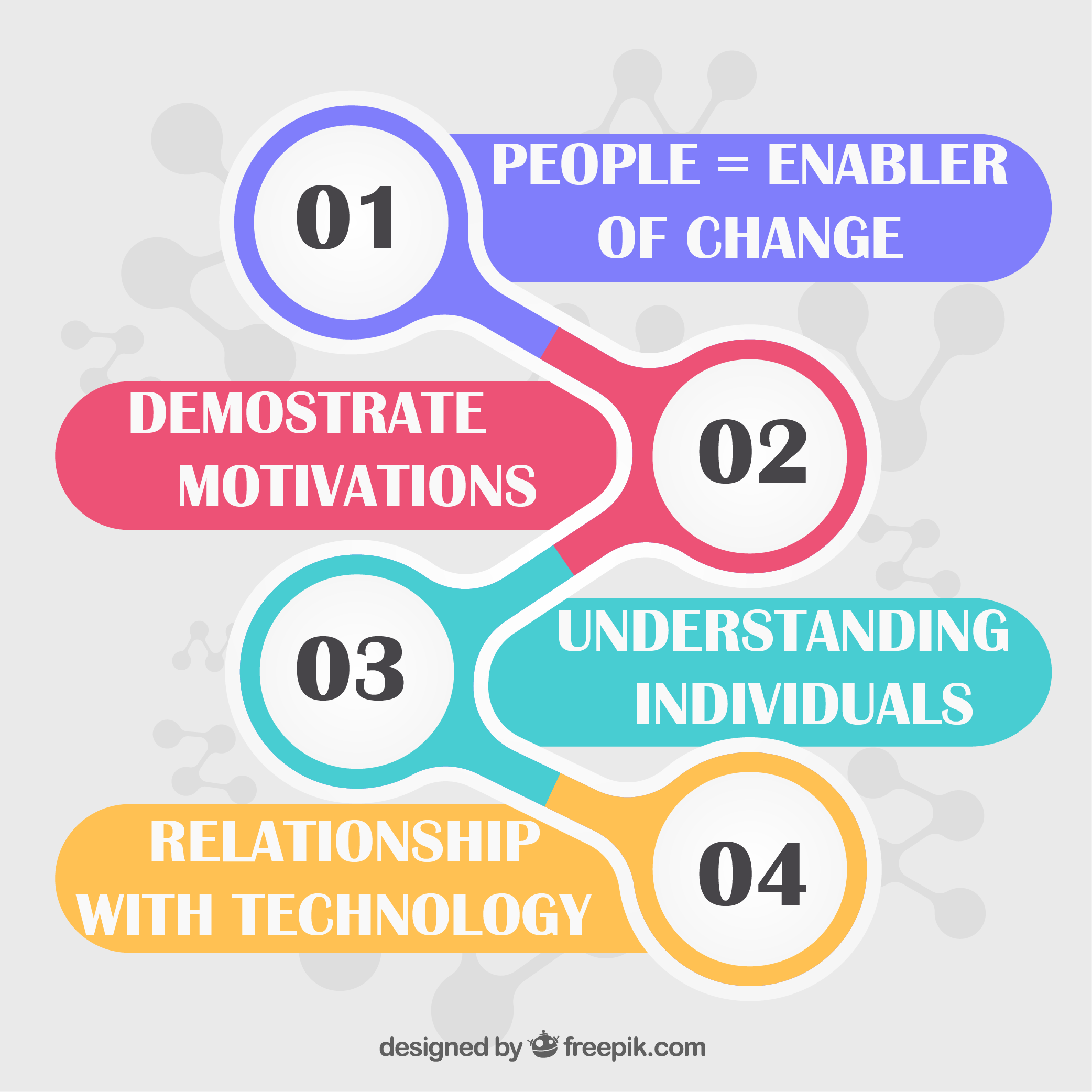4 considerations when using technology to manage volunteers
When putting the digital tools in place to help you to attract, engage and manage volunteers, there are several factors that need to be considered.
- People – yes technology is the enabler of change, but it’s the people that will either make it fly or fall. So, consider the employees who will be using the systems internally and how comfortable they will be with change. Because really, systems are only as good as the people that use them. Understand your volunteers first and how they would like to be communicated with. Do they use social media? Would they manage their timesheets online or do they need training? Would they be more comfortable communicating in a locally managed community forum? These are the open and honest conversations that need to happen before changes are made.
- Demonstrate motivations – a daily challenge for charitable organisations is getting investment internally, especially when the value isn’t immediately obvious. Budget cut pressures make the pitch to invest digitally in volunteering all the more of a challenge. But we’re up for a challenge! Present the benefits, the motivations, any potential conflicts, and challenges, show the time saved because of automation and demonstrate the possibilities once you know the true value of a volunteer.
- Understanding the individual – the first step to engaging and managing your volunteers through digital channels is to understand who your volunteers are. And that’s all down to data. Every interaction, every hour of volunteering, every tweet mentioning your organisation should be gathered to form a 360-degree view of your supporters, whether these are other organisations, individuals, potential donors, donors or volunteers. A challenge for many charities is making sure that data gathered on a local or community level is collated and used at a central level, and not lost in the spreadsheet black hole. The solution lies in greater collaboration and transparency between teams. Without analysis, data is meaningless. So, find a dashboard where analysis can be done easily and where the data can be sliced and segmented in a way that works for you.
- The relationship you want and need with technology – many charities find they have outgrown their internal IT systems, that they have become rigid and no longer do the job to meet the needs of their volunteers. So, to plan for the future, create a checklist with must-have features. Things to consider are scalability and flexibility, to ensure the system has the capabilities to grow with you, configuration to adapt to new requirements when the needs arise and integration to other systems. Finally, familiarity and ease of use for volunteers. Would you like to be able to work from home? Would you like volunteers to access the system remotely? And would a system that’s like those you already use make it easier for teams to adopt?

Many charities are investing in a fundraising management system to help them to attract, retain and manage their volunteers. An effective solution that is specifically tailored to the charity sector can also help to build strategic marketing campaigns informed by data, report and track their fundraising performance, automate marketing activity and monitor social media conversations; all from one central place. For further information, download our eBook on the “10 reasons charities choose Microsoft Dynamics 365 for managing supporter relationships.”
Tory Cassie
NfP Business Development
